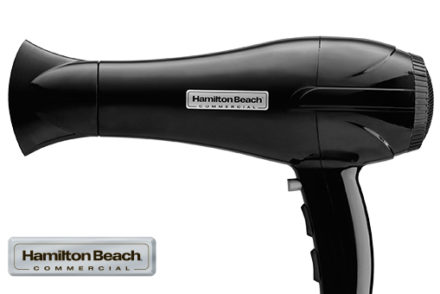While you no doubt follow strict laundering procedures for your sheets and pillowcases, what about other items like comforters and bedspreads? Most of these items are washable, but some may require special attention to ensure they are not damaged.
Here are some tips on the best way to clean these products…
Comforting care
The first step is to read the care instructions on the label. If specific instructions about hand-washing or washing temperature are listed, don’t deviate from them. If the instructions say “dry clean only”, don’t try washing the items in a machine as it may ruin them. If your comforters are washable, it’s best to wash them in a large-capacity front-loading machine. Comforters can hold a lot of water and may damage a standard top-loading washing machine. Paying a little more to wash your comforters is better than paying a lot more to replace your washer. When washing, use a gentle detergent, and avoid those with bleach as they can damage the comforter’s outer fabric and filling.
Make sure to dry comforters thoroughly. If they can be dried in a clothes dryer, use a lower heat setting, then run them through two drying cycles. Ideally, they should be taken out often to reposition them so they dry evenly and don’t develop hot spots that can scorch. Adding a few clean tennis balls to the dryer can help fluff them.
Special TLC for down bedding
While down products are often dry cleaned, the process can strip the natural protective oils from the down and many manufacturers caution against it. Small stains can be spot cleaned with a mild detergent.
If you decide to wash a down comforter, use soap made specifically for down products and wash it in a large front-loading washer. Don’t use bleach, bleach alternatives, or fabric softeners. Wash in cold water and rinse twice in cold water to remove all soap residue.
Drying down bedding products can be time consuming, but it is important that they are dried properly before storing to prevent mildew. For best results, use large front-loading commercial dryers set at medium heat. Do not hang dry or dry on a flat surface. Reposition the items often for even drying and use tennis balls to help with fluffing.
The End
Decorative comforters can last several years with proper care, but should be replaced when they become flat or begin to leak bits of the fill, or when the stitching comes loose. For comforters, the twisting and turning of a sleeper gradually degrades the fill and produces bare spots, typically in the “shoulder” area. When buying new comforters, make sure to look for double stitching or baffle box construction, which helps prevent leaking or bunching of the filling.



